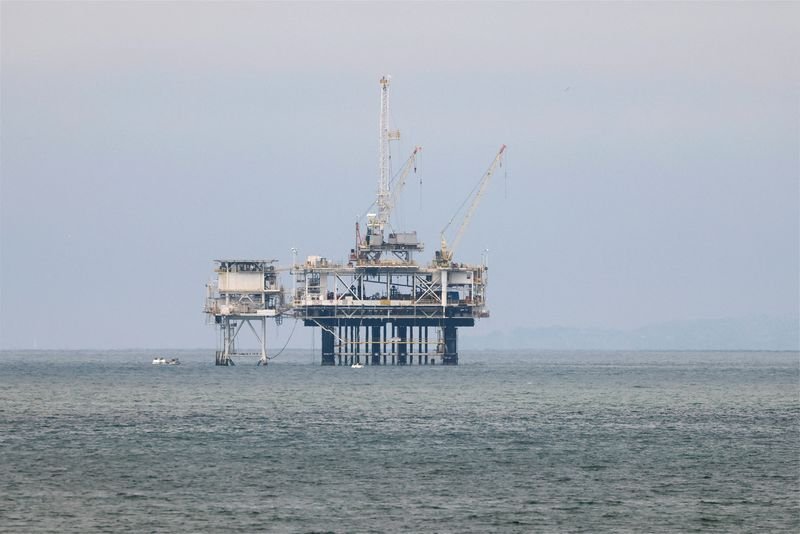U.S. Natural Gas Prices Expected to Rise by 2026
Experts predict that U.S. natural gas prices have the potential for significant increases in 2026. Several factors are influencing this outlook, including rising demand, geopolitical issues, and evolving energy policies.
Factors Influencing Price Increases
Growing Demand for Natural Gas
One of the most notable drivers of natural gas price increases is the expanding demand for energy. As industries grow and household needs for heating and electricity rise, the reliance on natural gas as a primary energy source becomes more pronounced. Additionally, the transition to cleaner energy sources is making natural gas a preferred option over coal and oil, thereby increasing its consumption in various sectors.
Export Market Expansion
The United States has significantly enhanced its position as an exporter of liquefied natural gas (LNG). With numerous terminals constructed along the coast, the U.S. now supplies gas to international markets. As demand for LNG grows worldwide, particularly in Europe and Asia, the potential for U.S. prices to rise becomes increasingly likely. The LNG market plays a crucial role in determining domestic prices due to its impact on supply and demand dynamics.
Geopolitical Factors
Global Tensions Affects Supply Chains
Geopolitical tensions have a direct effect on energy prices, including natural gas. Events such as conflicts, trade disputes, and sanctions disrupt established supply chains and can cause market volatility. For instance, uncertainties in Europe due to regional conflicts have been known to push gas prices upward, influencing global demand patterns that ultimately affect U.S. prices.
Reliance on Imports
Even though the U.S. has substantial natural gas reserves, certain regions still rely on imported gas during peak demand seasons. This reliance can also lead to fluctuations in prices based on the international market. If global prices rise due to geopolitical tensions, domestic prices may follow suit, impacting consumers and businesses alike.
Policy Changes Impacting the Industry
Shifts in Energy Policy
Government regulations and energy policies can greatly influence natural gas pricing. Initiatives aimed at reducing carbon emissions often encourage the shift from coal to natural gas, potentially driving up demand and, consequently, prices. As federal and state authorities implement stricter emissions regulations, the role of natural gas as a bridge fuel in the transition to renewable energy could solidify, affecting future pricing trends.
Infrastructure Developments
Improvements in natural gas infrastructure, such as pipelines and storage facilities, can also impact pricing. Investments in these areas create more reliable supply chains, helping to stabilize prices. However, if infrastructure upgrades are delayed or face opposition, this could result in tight supply and increased prices.
Renewable Energy Competition
Balancing Renewables and Natural Gas
As the renewable energy sector grows, its competition with natural gas cannot be overlooked. Solar and wind energy are becoming increasingly cost-effective, prompting a shift in energy consumption patterns. While this could reduce reliance on natural gas long-term, in the short term, natural gas may remain a crucial component of the energy mix, especially for backup during periods of low renewable output.
Integrating Energy Sources
A balanced energy approach that integrates both renewable sources and natural gas is likely to shape future pricing. Natural gas may play an essential role in providing backup power, making it a valuable asset as the U.S. transitions toward greener energy solutions. This dual role could also influence pricing dynamics, as demand for gas rises during periods when renewable generation is insufficient.
Consumer Impacts
Rising Costs for Households and Businesses
As natural gas prices are anticipated to increase, consumers are likely to feel the effects in their utility bills. Higher prices can impact household budgets and business operating costs, leading to increased expenses in various sectors. This situation might push both consumers and businesses to seek alternatives or more energy-efficient solutions to mitigate the financial burden.
Future Energy Planning
As awareness of potential price increases grows, consumers and businesses may reconsider their energy consumption patterns and make proactive decisions. By investing in energy efficiency measures or alternative energy sources, they can take steps to cushion the impact of rising natural gas prices.
In conclusion, the anticipated rise in U.S. natural gas prices by 2026 is a multifaceted issue influenced by increasing demand, export market dynamics, geopolitical factors, policy changes, and competition from renewable energy sources. As this landscape evolves, consumers and businesses alike will need to adapt to these shifts, recognizing the implications for energy use and costs.
